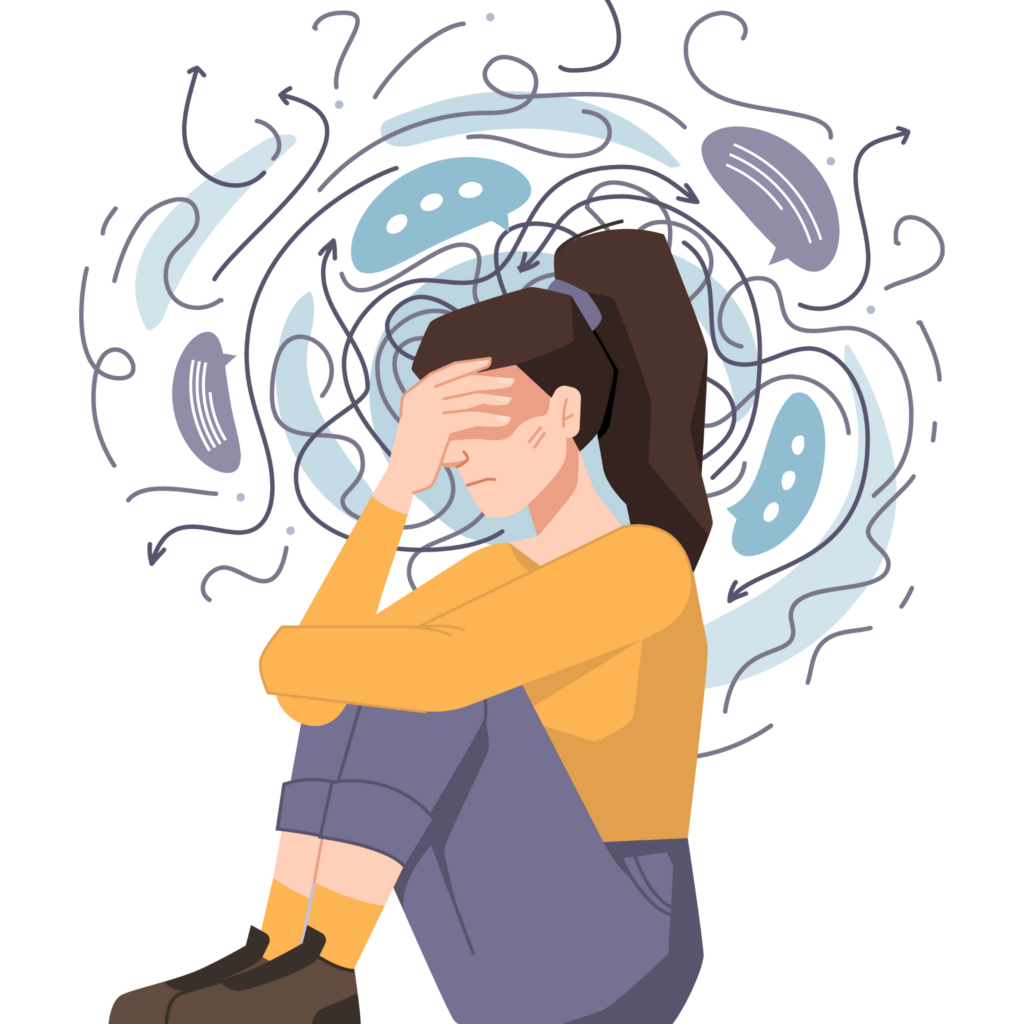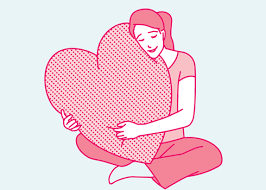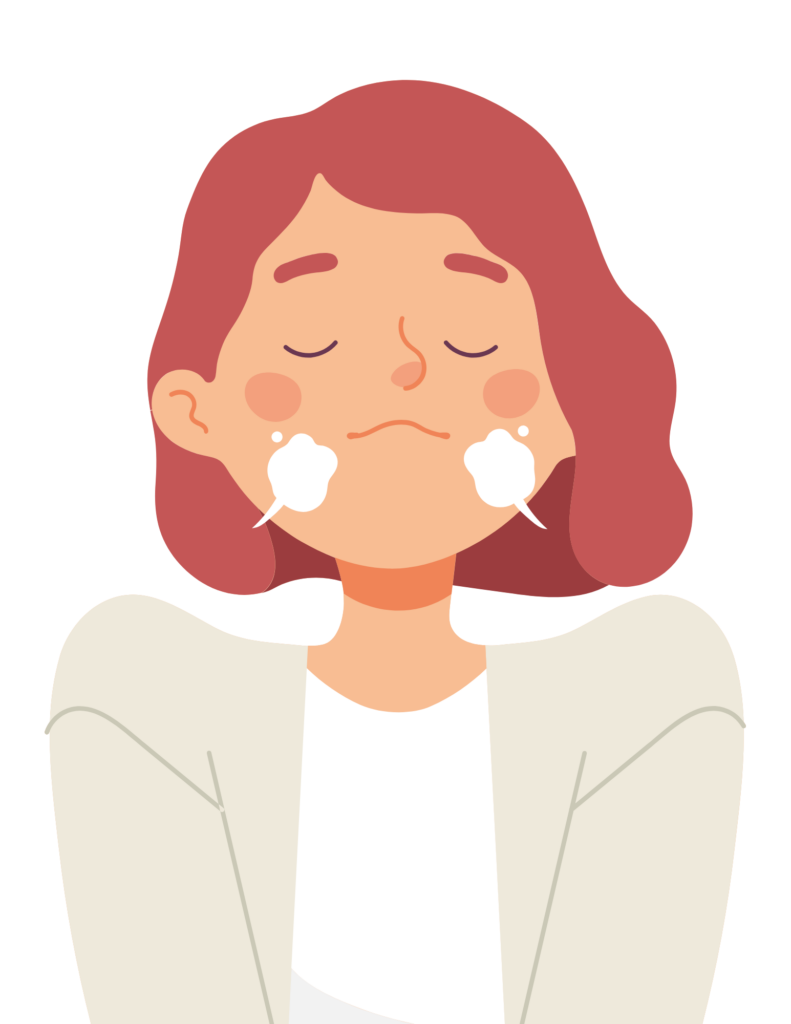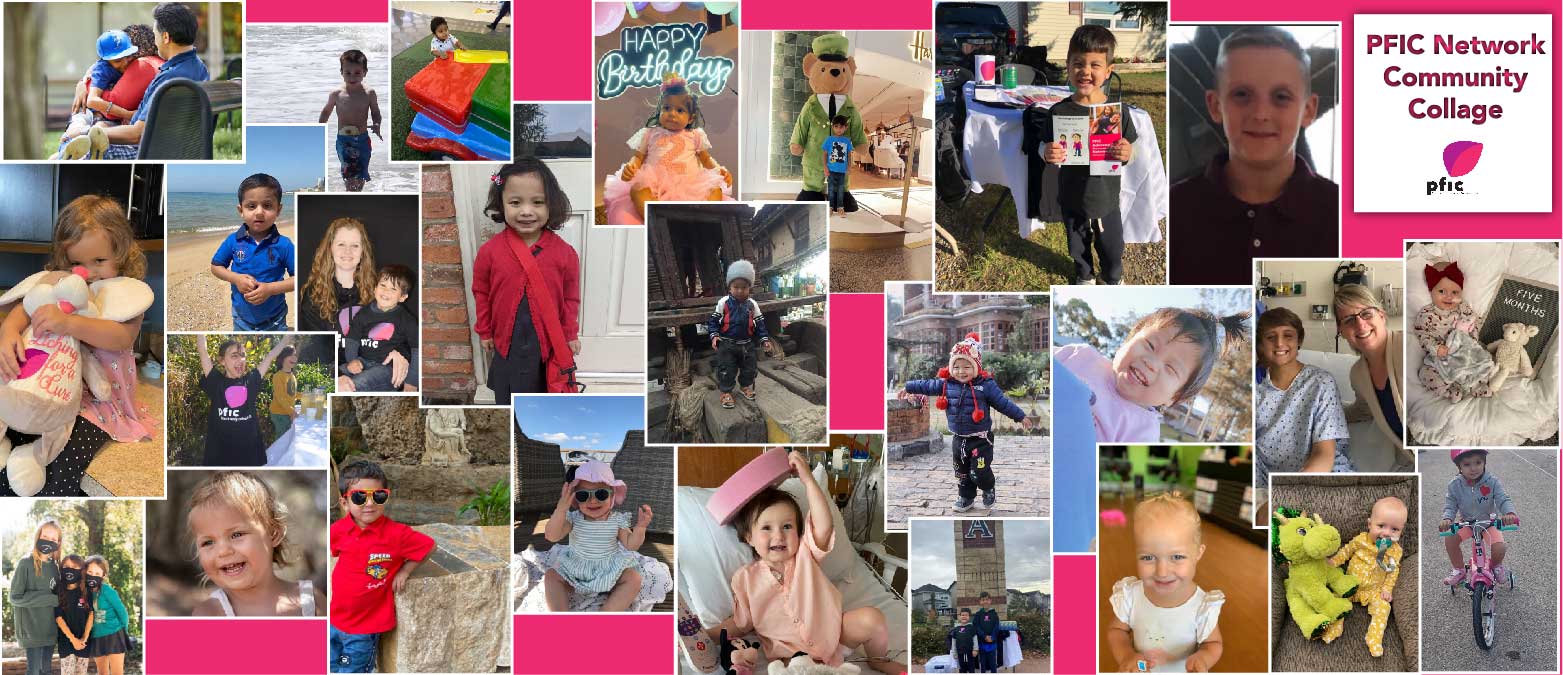Coping with Anxiety (Part 2)
When we experience a significant challenge or heartache—whether it be PFIC or something else—our suffering can be divided into two types. There is “clean pain,” which is the pain that arises from outside of our minds and is to a large extent beyond our control. The physical misery of pruritus is clean pain. The exhaustion that you feel after being awake all night with a sick child is clean pain. So is the grief that accompanies losing someone or something you love. Much of our suffering as humans doesn’t fall into the category of clean pain, though. Much of it arises from the thoughts we have about our circumstances, rather than from the circumstances themselves. This sort of pain is known as “dirty pain.”
We all have dirty pain. Dirty pain tends to arise from our resistance to clean pain. Here is one possible example. You are exhausted from being up all night with your sick child (clean pain). You begin thinking things like, “Today is going to be terrible,” or “This is never going to get better,” or “I’m totally alone.” Your body responds to these thoughts as if they are physical realities. If you pause to notice the physical impacts of such thoughts, you might sense that your muscles tense, your posture slumps, your heart rate increases, or that your breathing feels shallow. Odds are, you’ll also find that feelings of exhaustion, overwhelm, and isolation amplify in response to such thoughts, and those amplified feelings help inspire even more doom-and-gloom thinking. It’s a vicious cycle that we all know well. Soon, you might find yourself thinking all of your scariest thoughts, not only about your lack of sleep but also about your child’s health and well-being (or your own). Cue the release of still more stress hormones and a flood of still more overwhelming feelings!

So how do we get out of this cycle? And more specifically, how do we get out of this cycle when our external circumstances are legitimately difficult and scary?
Begin With Self Compassion
When you notice yourself having anxious thoughts, feelings, or physical sensations, begin by acknowledging what you’re feeling. Acknowledge to yourself that what you’re feeling is difficult and that it’s normal. In the exact moment that you’re having an experience of overwhelm, there are other rare disease patients and caregivers living with the same sorts of thoughts, feelings, and sensations. In fact, there are humans all around the world in all kinds of painful circumstances experiencing thoughts, feelings, and sensations that resemble yours. It’s important to pause and let this sink in because the myth of isolation—the fictitious story that no one else is hurting in the way that you are hurting—only adds to your pain. In evolutionary terms, isolation is a threat to our survival, and our bodies respond to mental myths of isolation as if they are dangerous physical realities. Offer your nervous system the kindness and safety of this acknowledgment: “This feels so hard. It’s okay to be feeling what I’m feeling. This is part of being human. I’m not alone in this.”
If you find it difficult to offer yourself kindness and compassion, then take a step back. Instead of showing self-compassion for the part of you that feels anxious, can you be kind to the part of you that struggles to be self-compassionate? Something in your life taught you to be hard on yourself. Those hard-on-yourself parts of you are worthy of kindness and compassion.
If you find it difficult to offer yourself kindness and compassion, then take a step back. Instead of showing self-compassion for the part of you that feels anxious, can you be kind to the part of you that struggles to be self-compassionate? Something in your life taught you to be hard on yourself. Those hard-on-yourself parts of you are worthy of kindness and compassion.
Be kind to your anxiety, too.
Being kind to ourselves means being kind to all our parts—and this includes our anxious parts.
“This being human is a guest house,” wrote the poet Rumi. “Every morning a new arrival. A joy, a depression, a meanness, some momentary awareness comes as an unexpected visitor. Welcome and entertain them all!”

The notion of being kind to your anxiety and welcoming it might seem strange. When you stop to consider what anxiety is at the physiological level, though, it begins to make more sense. When we experience anxiety, our nervous system is in a state of hyperarousal that’s often referred to as “fight or flight.” Our body is responding as if there is a genuine and immediate danger in our environment. When we resist our anxiety, try to shove it away, or berate ourselves for experiencing it, we are layering an additional “fight” on top of our already revved up fight-or-flight state. Relaxation is the antithesis of anxiety. Try responding to your anxiety, even if only for a moment, with a relaxed and friendly, “Oh hey, I thought you might show up today!”
Harking back to Rumi’s metaphor, remember that you are welcoming anxiety as a guest, not as the new owner of your home. This might mean keeping your “guest” informed about house rules. For example, you might decide that you’re going to set aside a “worry window” each day. If you feel your anxiety revving up at other times of day, you can say, “Hi, Anxiety! You’re welcome to be here, but I’m not available to chat with you until 2:15. At 2:15, I’ve got ten minutes set aside just for you, and you can tell me absolutely everything you think I need to hear.” If you do this, be sure you really do show up for your 2:15 appointment! Knowing that you really will carve out that space makes it easier for your anxious mind to calm down a bit and wait its turn. At the end of your appointment with anxiety, do something to mark that ending. Step outside, take several rounds of deep breaths, or turn on a song and dance. Do something that helps you to release the physical energy of anxiety from your body.
Invite Other Guests to the Party
If anxiety is the only guest showing up for you right now, then it’s going to feel difficult to lay out the welcome mat. Invite some other guests in! What makes you feel curious? What sparks your creativity? What makes you feel a sense of connectedness, calm, playfulness, gratitude, love, or awe? What feeling states do you want to invite into your life? Make a list of easy-for-you activities that invite these in, and post your list somewhere where you will encounter it often. Your list should be unique to you, but here are a few examples to get your ideas flowing.
- Pet a dog/cat for 1 minute
- Text a friend to tell them what you appreciate about them
- Go outside and watch the clouds for 2 minutes
- Sing along to a favorite song
- Take three deep breaths
- Smile at yourself in the mirror
- Get a 30-second hug from someone you love
- Jog to the mailbox
- Mindfully sip a favorite drink
- Doodle for 5 minutes
- Repeat a mantra that you find helpful



It’s natural to wish you could remove pain from your life and from the lives of the people you love. It’s natural to wish you could obliterate both your anxiety and all the external problems that help give rise to it. There is no such thing as a pain-free life, though. But we can reduce our “dirty pain” by learning to respond to all of our suffering—whether “clean” or “dirty”—with greater compassion, acceptance, and creativity.
We would love to hear from you! How do you cope with the emotional and mental ups and downs (and waaay downs) of living with a rare disease or caring for someone who does? Send an email to mentalhealthsupport@pfic.org if you have thoughts, tips, stories, or suggestions to share. We would love to compile your wisdom (without any identifying info) into a resource or blog post that can help other PFIC families, too. If there are topics or questions you would like to see discussed in this blog, please share that with us, as well!
